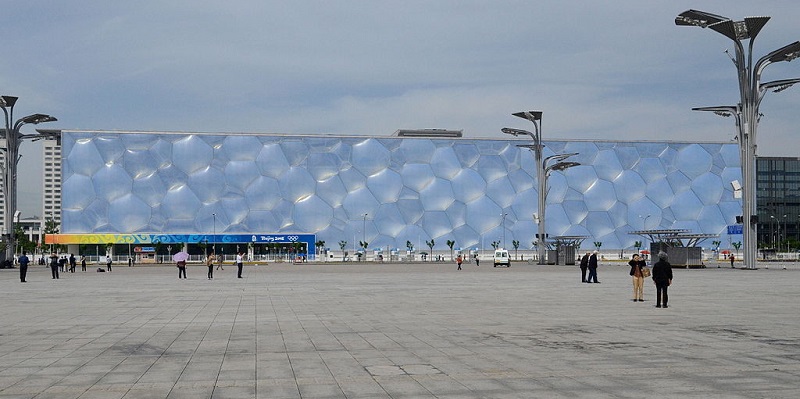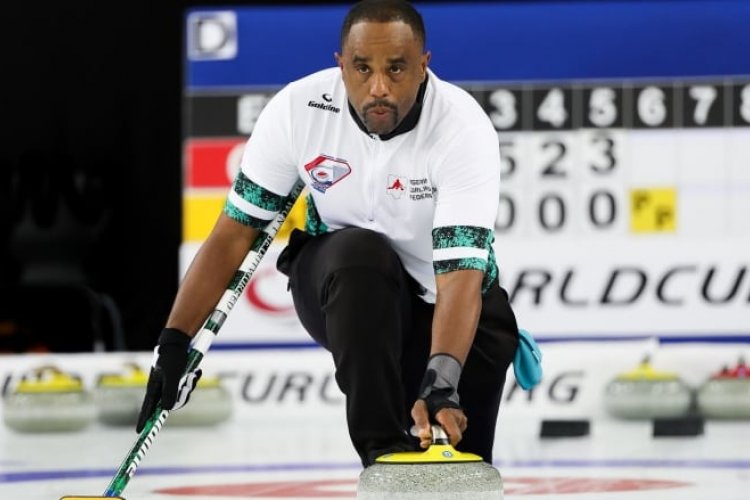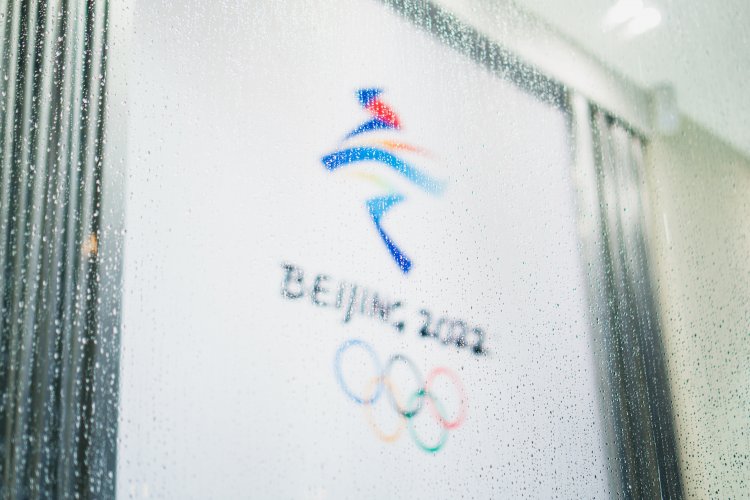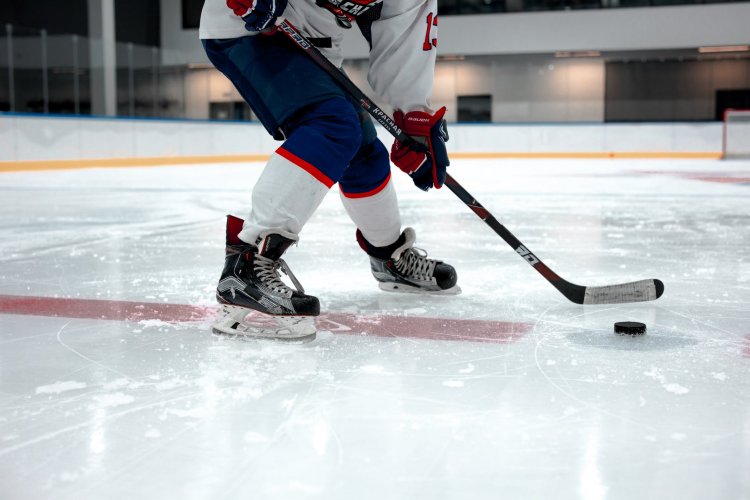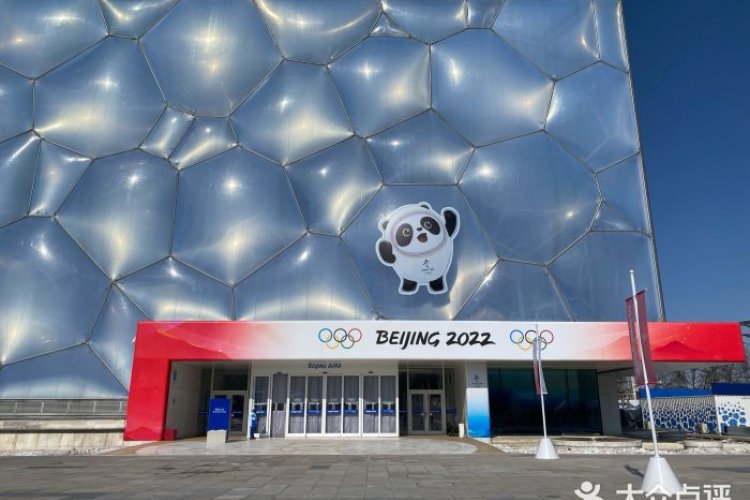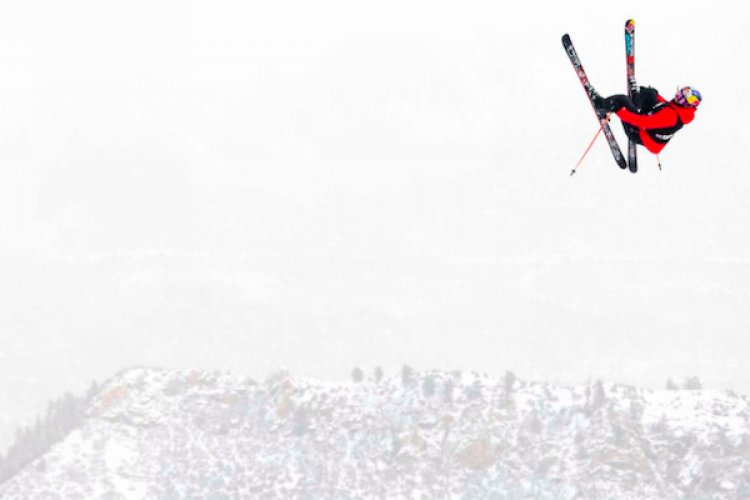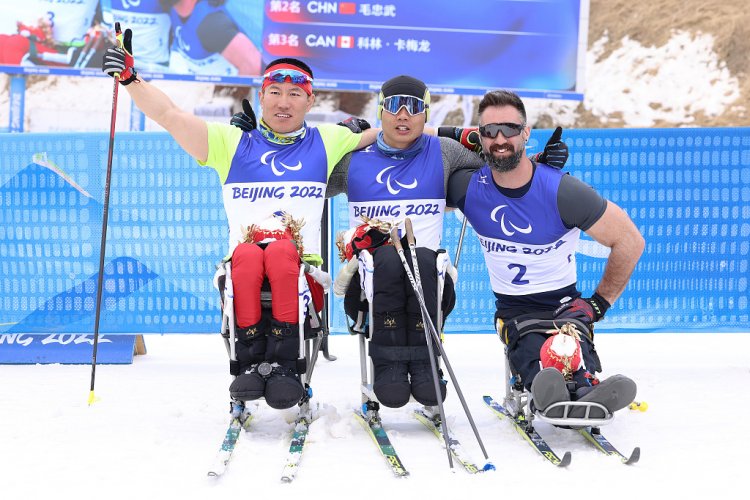Throwback Thursday: Beijing's Water Cube Turns Nine, and Might Soon Become the Ice Cube
Throwback Thursday takes a look back into Beijing's past, using our nine-year-strong blog archives as the source for a glance at the weird and wonderful of yesteryear.
Glowing like the set piece from some futuristic sci-flick, Beijing's Water Cube (officially known as the National Aquatics Center) drew plenty of attention when it hosted the world's top swimmers for the 2008 Olympic Games. We took a peek inside the famously blue hued structure upon its opening, which was nine years ago this month. At the time the Beijinger blogger Simon Fowler wrote:
"Many a writer has rhapsodized about the exterior of the cube, which was designed by PTW Architects, but now was the moment for the world's media to experience the inside of the structure. Inside is as aesthetically pleasing as you would imagine, with masses of bright white walls, straight metallic edges and a bubble theme running throughout. The facilities are equally impressive, with the training pool, diving boards, and competition all matching the overall aesthetic of the building."
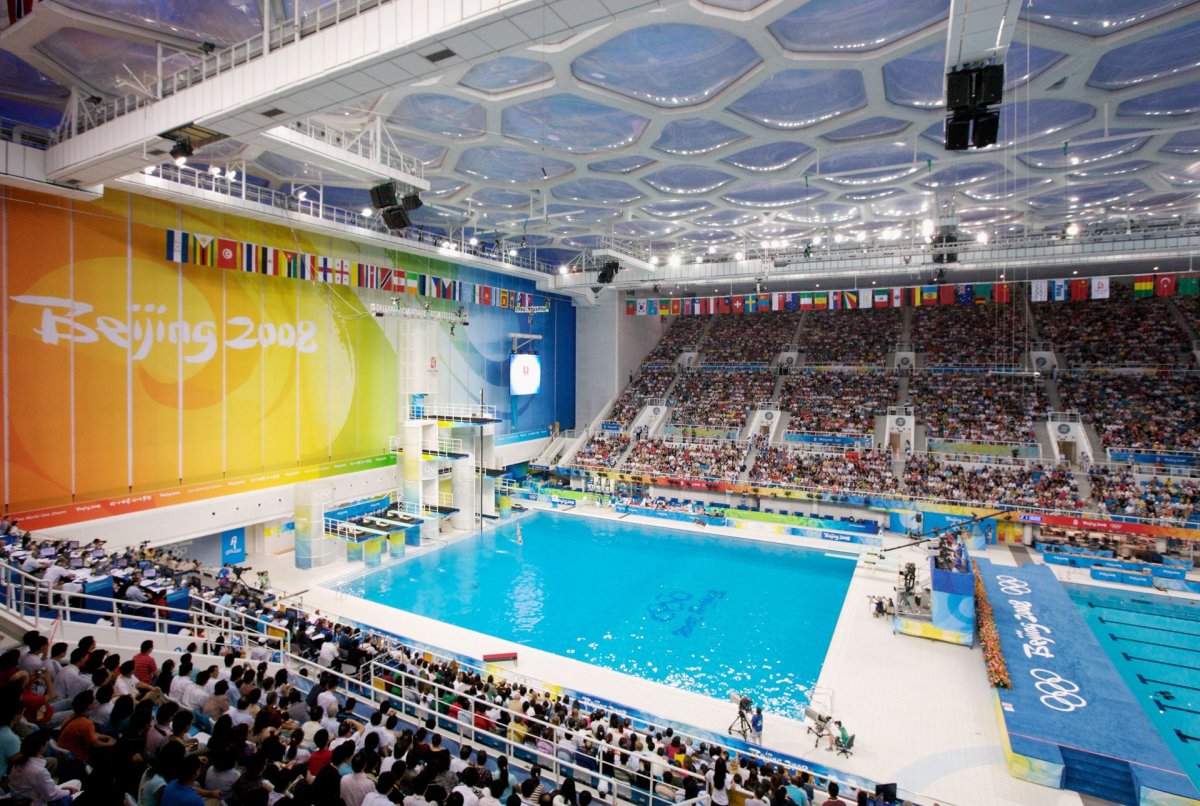
From there, the Cube became just as well known for the athletic feats that occurred in its pools as it was famous for its shiny blue exterior. Twenty-four world records were shattered there by various Olympic swimmers before the Games were through, one of the highlights being American star athlete Michael Phelps netting eight gold medals.
Two years later, aspiring future Olympians and regular aquatic enthusiasts could dip their toes in the Cube's pools as well, after the complex became open to the general public on Aug 8, 2010. They could take advantage of a wave pool, lazy river, water slides and other fun features of a water park that took up nearly half of the facility 12,000-spuare-meter space. The quality of the facility, along with its Olympic pedigree, attracted a few thousand visitors upon opening day.
Though the Cube will be closed for CNY on January 27 and 28, it is still open regularly otherwise, from 9am-6pm daily, meaning local swimmers have plenty of opportunities to dive in. Its water park, however, is closed for the season and re-open this summer.
But while its past glory was made on H2O in its liquid form, its future glory may be in the frozen: the venue is slated to host Olympic curlers for the 2022 Winter Olympics.
Speaking of curling, Beijing is hosting the 2017 Women's World Curling Championships in March, though that event will not be held at the Cube -- instead, the Capital Gynamsium (首都体育馆) will play host.
China's no slouch in curling -- the women’s team won a bronze at the 2010 Vancouver games and was given a "hero's welcome" upon returning home.
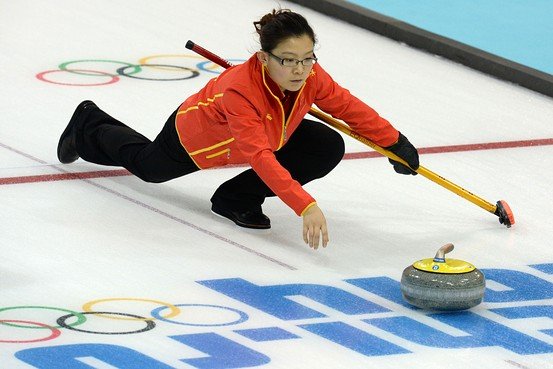
At the 2014 Sochi Games the Chinese women's and men's curling teams were coached by Marcel Rocque, a Canadian veteran of the sport who previously won several national and world championships. Together he and China's men's team sweeped their way to the semi-finals but were shut out of the medals by bronze-winning Sweden, settling for fourth (Rocque's native Canada took home the gold). However, Rocque will be back to coach the men's team for the 2018 Games in South Korea.
If he and his team win another medal, maybe the Water Cube will also be nicknamed the Ice Cube, as hordes of Beijing Tiger Mamas become dead set on having their children train to become curling champions at the increasingly versatile sporting venue.
More stories by this author here.
Email: kylemullin@truerun.com
Twitter: @MulKyle
WeChat: 13263495040
Photos: PTW Architects, Morris Curling Club, Sanjose.metblogs.com, uschina.usc.edu, WSJ

